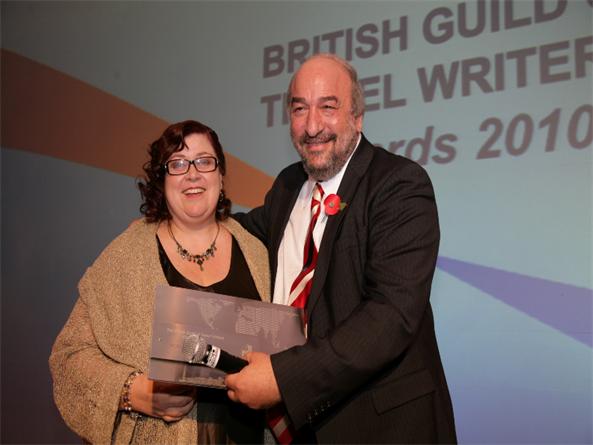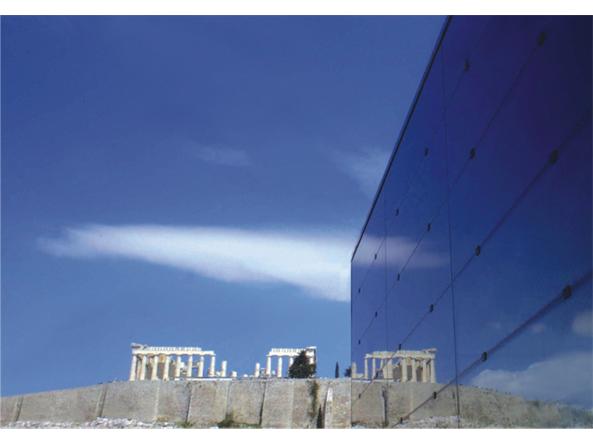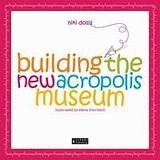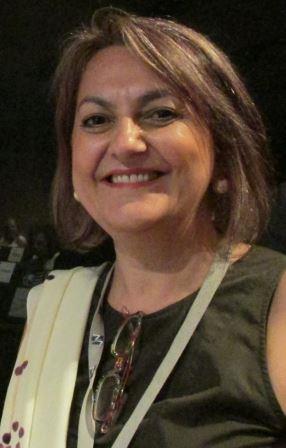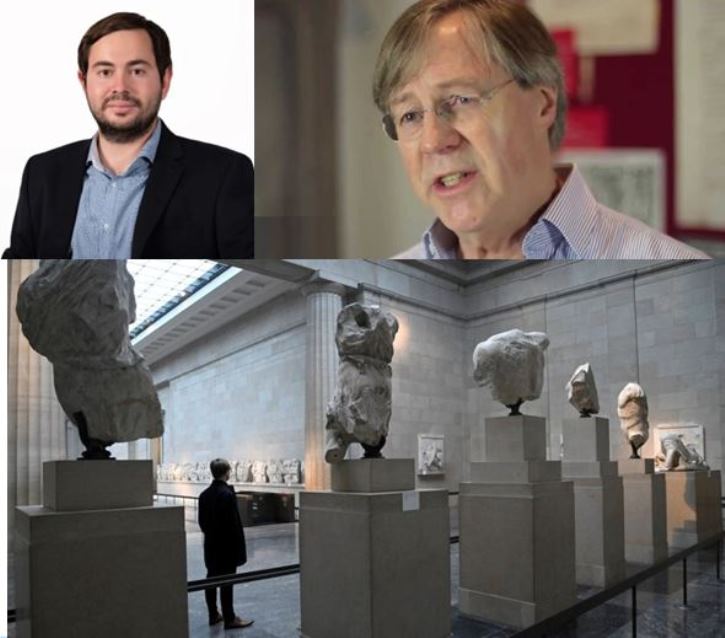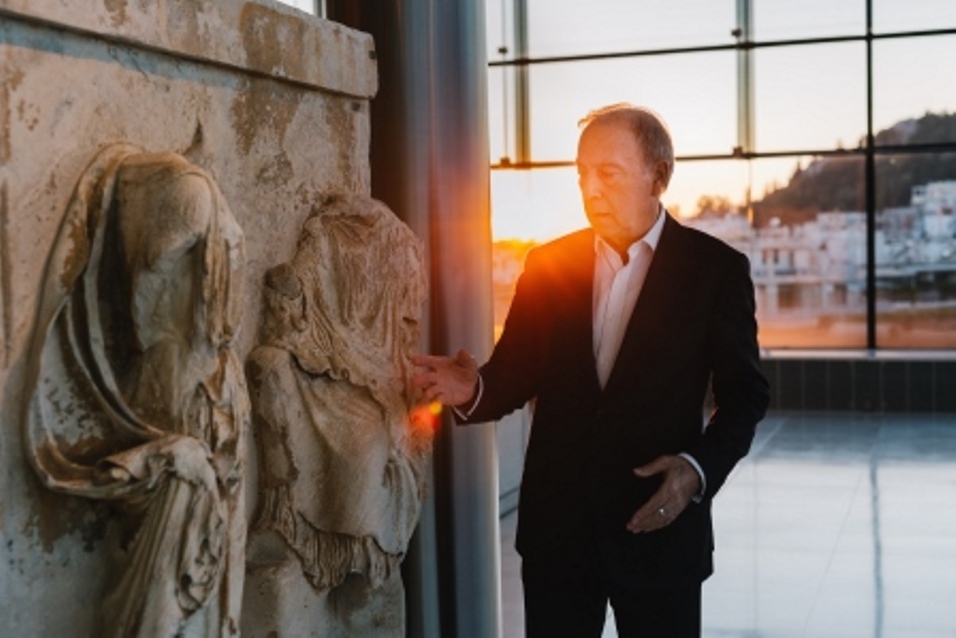We speak of the rights of monuments to reunite. Monuments have their own rights like people.
Professor Pandermalis
ATHENS, Dec. 31, 2010: 'Monuments have rights of their own to reunite just as humans do', a Greek professor states.
In an interview with Xinhua on Tuesday, Dimitris Pandermalis, president of the New Acropolis Museum, focused on the reunification issue of the Parthenon marbles.
Since its inauguration in June 2009, the New Acropolis Museum, boasting a unique collection of masterpieces, has become a major tourist attraction. More than 2 million people visited the spectacular building in the first year.
Recently, the museum, which stands a few hundred meters from the Acropolis Hill, was recognized by the British Guild of Travel Writers as the world's best museum in 2010.
But still something is missing -- the half of the Parthenon marbles that have been housed at the British Museum for approximately two centuries.
Looking at the Sacred Hill of the Acropolis from the Parthenon Gallery of the museum, Pandermalis talks about a "tragedy of history" that occurred almost two centuries ago.
The professor said that in the early 19th century, half of the sculptures from the Parthenon, which was constructed 2,500 years ago, were violated by Lord Elgin, a British Ambassador, and in a fire sale, ended up at the British Museum.
Public discussion over the sculptures' return has been going on for years. Today Greece has the most appropriate museum to display these sculptures, Pandermalis added, pointing to the sad image of some temporary plaster copies of friezes next to the originals.
"It is in the interest not only of Greece but of the world to restore the integrity of such an important monument as the Parthenon", Pantermalis said, citing the significant meaning of these marbled sculptures to world civilization.
"The Parthenon is the first monumental presentation of the political idea of democracy", the museum President said, adding that the Parthenon was created with the will of the people and that Pericles, the leading politician of that period, had to present how he spent public money every year, and for the first time in history.
"The sculptures are a presentation of the Athenian society of the times -- not a realistic one, but an ideal image of how societies should be, and they represent a crucial moment in the history of mankind", Pandrmalis concludes.
One of the goals behind the construction of the New Acropolis Museum, is the reunification of the Parthenon sculptures.
"We speak of the rights of monuments to reunite. Monuments have their own rights like people," said Pandermalis, noting that this is also the goal of the ongoing research around the Acropolis Hill.Archaeologists are still looking for every small fragment in the area in the center of Athens. While pushing for a positive final answer from the British Museum, the New Acropolis Museum celebrated the return of fragments of ancient Greek masterpieces from Germany and Italy.

